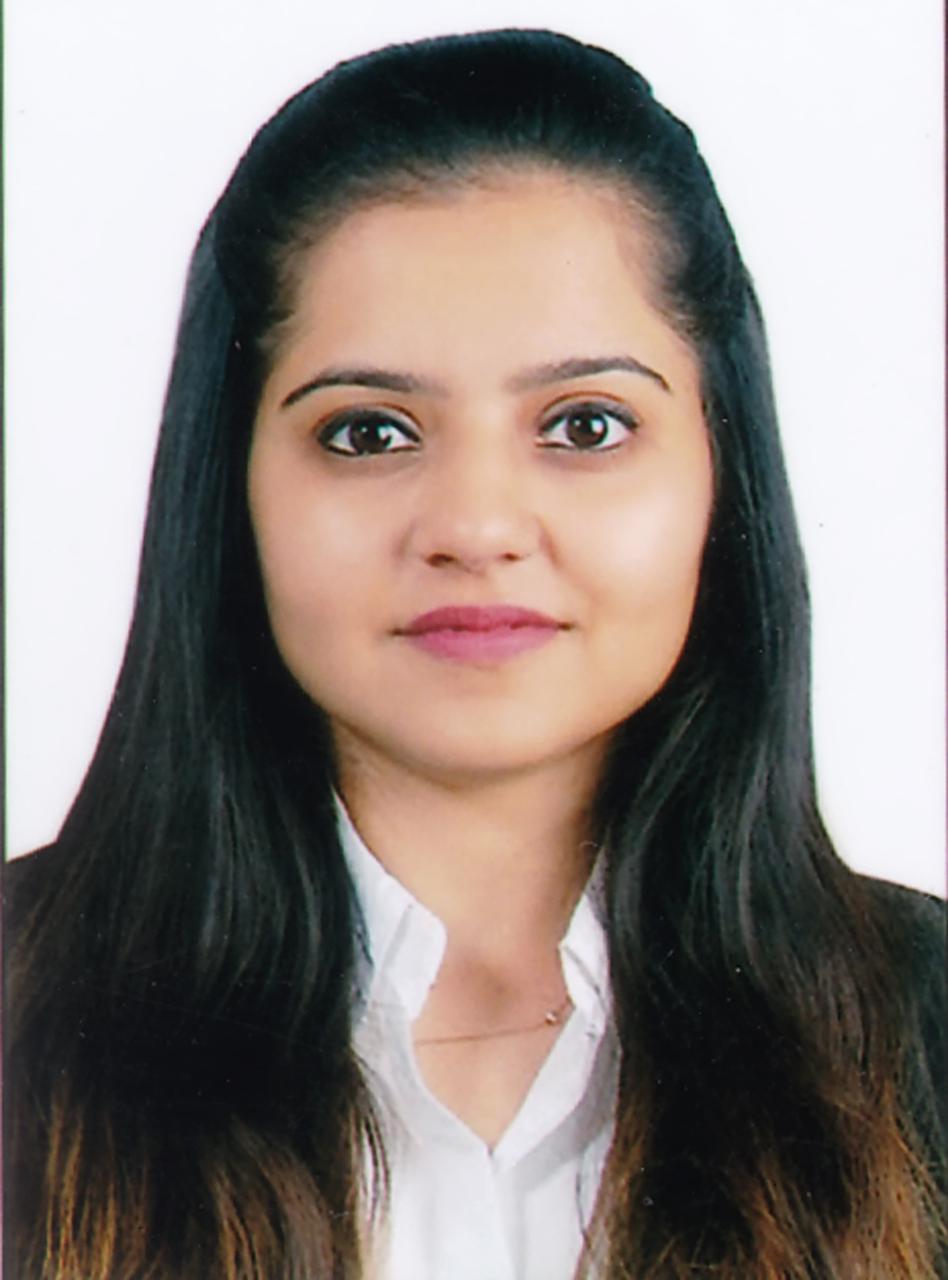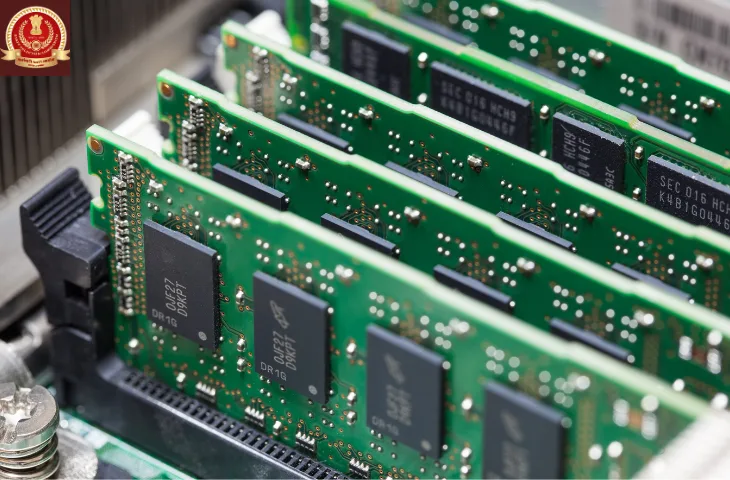Computer memory is an important topic for SSC CGL Tier 2, especially for Computer Awareness. Understanding memory types, characteristics, and functions helps in both the exam and practical computer knowledge. In this blog, we cover types of memory, features, advantages, and differences in simple language.
What is Computer Memory?
Computer memory is a hardware device that stores data and instructions temporarily or permanently. It allows the CPU to access and process data efficiently. Memory is classified based on volatility, speed, and purpose.
- Volatile memory loses data when power is off.
- Non-volatile memory retains data even without power.
Types of Computer Memory
Computer memory is mainly divided into Primary Memory and Secondary Memory.
Primary Memory (Main Memory)
Primary memory is directly accessible by the CPU. It is fast but expensive and limited in size.
| Memory Type | Full Form | Volatile/Non-Volatile | Use | Speed |
| RAM | Random Access Memory | Volatile | Stores data and programs currently in use | Very Fast |
| ROM | Read Only Memory | Non-Volatile | Stores permanent instructions like BIOS | Fast |
| Cache | – | Volatile | Stores frequently used data for quick access | Very Fast |
| Registers | – | Volatile | Temporary storage inside CPU for immediate data | Fastest |
Also check out: SSC CGL Typing Test Errors to minimize your errors in Data Entry Speed Test.
Secondary Memory (Auxiliary Memory)
Secondary memory is slower but larger and cheaper. It is used for permanent storage.
| Memory Type | Examples | Volatile/Non-Volatile | Use | Speed |
| Hard Disk | HDD, SSD | Non-Volatile | Stores OS, software, files | Slow (HDD), Fast (SSD) |
| Optical Disk | CD, DVD | Non-Volatile | Backup and media storage | Slow |
| Flash Memory | USB, Memory Cards | Non-Volatile | Portable storage | Fast |
| Magnetic Tape | – | Non-Volatile | Large-scale backups | Slow |
Volatile vs Non-Volatile Memory
Many questions in SSC CGL Tier 2 revolve around speed, cost, and examples of volatile and non-volatile memory. Remembering the key differences is useful for both Multiple Choice Questions and practical computer knowledge.
| Feature | Volatile Memory | Non-Volatile Memory |
| Data Retention | Lost when power is off | Retained without power |
| Speed | High | Low to Medium |
| Cost | Expensive | Cheap |
| Examples | RAM, Cache, Registers | ROM, Hard Disk, SSD |
Memory Hierarchy
Memory hierarchy is important for SSC CGL Tier 2 Computer Awareness questions. It shows memory organization from fastest to slowest. The table below helps in understanding which memory is fastest, which is cheap, and where data is stored first. Many SSC CGL questions are based on memory hierarchy and speed.
| Level | Memory Type | Speed | Cost | Capacity |
| 1 | Registers | Fastest | Very High | Very Small |
| 2 | Cache | Very Fast | High | Small |
| 3 | RAM | Fast | Moderate | Moderate |
| 4 | SSD/HDD | Slow | Low | Large |
| 5 | Optical Disk/Tape | Slowest | Very Low | Very Large |
Key Takeaways
Below are the key takeaways:
- Volatile memory loses data on power off, Non-volatile memory retains it.
- RAM is temporary memory, ROM is permanent.
- Cache memory is faster than RAM and stores frequently used instructions.
- Registers are inside the CPU for immediate operations.
- Secondary memory is slower but stores large amounts of data permanently.
FAQs
Ans. Computer memory is a hardware device that stores data and instructions temporarily or permanently, allowing the CPU to access and process data efficiently.
Ans. Volatile memory loses data when power is off (e.g., RAM), while non-volatile memory retains data without power (e.g., ROM, HDD, SSD).
Ans. Primary memory is directly accessible by the CPU and fast (RAM, ROM, Cache, Registers). Secondary memory is slower but larger and permanent (HDD, SSD, Optical Disks, Flash).
Ans. Memory hierarchy organizes memory from fastest to slowest based on speed, cost, and capacity, e.g., Registers → Cache → RAM → SSD/HDD → Optical/Tape.
Ans. Many MCQs are based on memory types, speed, cost, and examples. Understanding memory helps in answering questions accurately and quickly.
- SSC CGL 2025 Tier 1 PYPs, Shift-Wise Previous Papers, Download PDFs
- SSC CGL Tier 2 Paper 1 Preparation Tips, Check now
- SSC CGL टॉप 5 हाई पेइंग जॉब्स कौन-सी हैं?, पूरी जानकारी यहां
- SSC CGL की तैयारी के लिए सबसे अच्छी किताबें कौन-सी हैं? यहां चेक करें
- SSC CGL पोस्ट प्रेफरेंस, SSC CGL की सबसे अच्छी पोस्ट क्या है?
- SSC CGL के लिए योग्यता क्या है? आयु सीमा, शिक्षा, शारीरिक मापदंड और अधिक

I’m Mahima Khurana, a writer with a strong passion for creating meaningful, learner-focused content especially in the field of competitive exam preparation. From authoring books and developing thousands of practice questions to crafting articles and study material, I specialize in transforming complex exam-related topics into clear, engaging, and accessible content. I have first hand experience of 5+ months in SSC Exams. Writing, for me, is not just a skill but a way to support and guide aspirants through their preparation journey one well-written explanation at a time.
